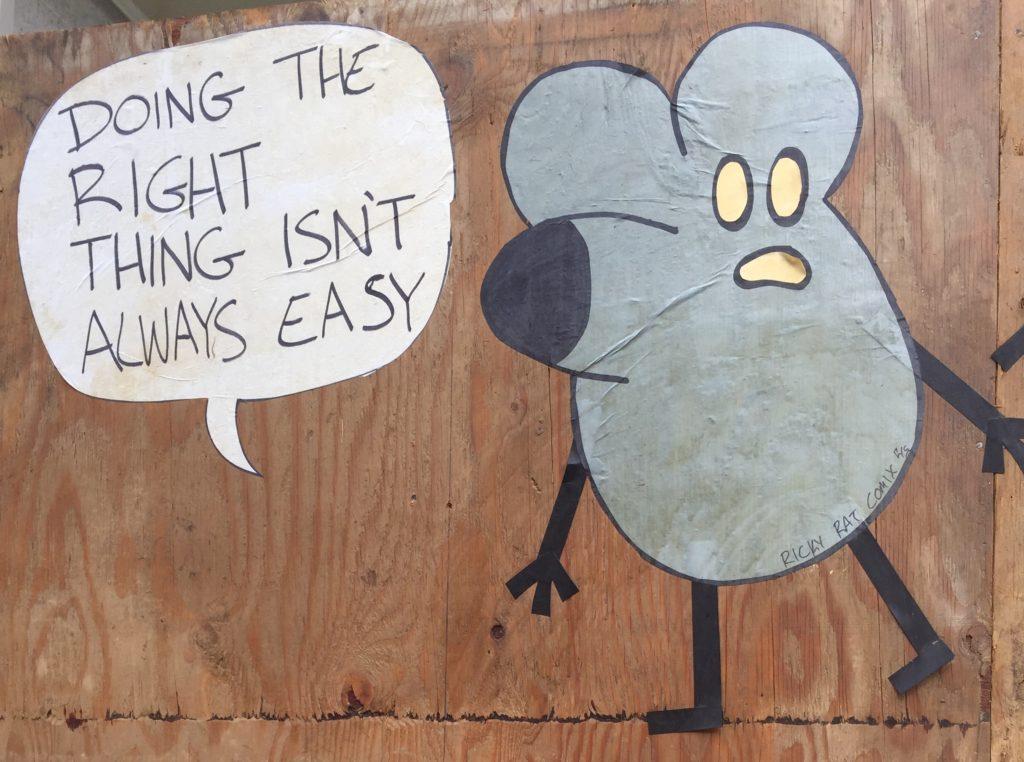Major Donor Conversations: Promise Contrary to Pitch
 Today I want to talk about the heart of successful major gift fundraising.
Today I want to talk about the heart of successful major gift fundraising.
It’s about reframing what you may think of as a “pitch” into what your donor would like to consider a “promise.”
The pitch is one way.
A monologue you deliver about everything you know about your organization. Usually it’s about how great it is, how pressing the need is, how you know the donor cares about your mission… and, then, you drop a bomb into your donor’s lap with a big-ass ask they didn’t quite anticipate. This often leaves them feeling they didn’t get a chance to get a word in edgewise and/or they’ll be a ‘bad’ person if they don’t respond as you suggest.
The promise is two-way.
The donor promises to make a gift to accomplish something near and dear to their heart; you promise to put that gift to work effectively. You fulfill on that promise through prompt acknowledgement and by reporting back to the donor on specifically what their philanthropy accomplished.
The difference between these approaches is the difference between success and failure, especially over time.
For donors to give at their most passionate level, and to stick with you over time, they have to:
- see and feel the promise;
- believe and trust in you, and
- feel good about their giving.
Promises feel good; coercion and guilt don’t.
If people gave because they felt coerced or guilted by your perceived sales pitch, they aren’t likely to want to do this again. Promises, and fulfillment of promises, build relationships. When you make giving transactional, you fail to build a relationship. Ultimately, these donors will evaporate.
Which brings us to the heart of effective, two-way, donor-centered major gift fundraising.



 Everyone’s been saying this, just about daily, for some time.
Everyone’s been saying this, just about daily, for some time.
 For good things once a year is not enough. Why do so many of us only eat turkey once a year?
For good things once a year is not enough. Why do so many of us only eat turkey once a year? 
 Confession: This is something I struggled with in my 30 years as a manager.
Confession: This is something I struggled with in my 30 years as a manager.



 Giving is an emotional experience. It deserves an emotional response.
Giving is an emotional experience. It deserves an emotional response.